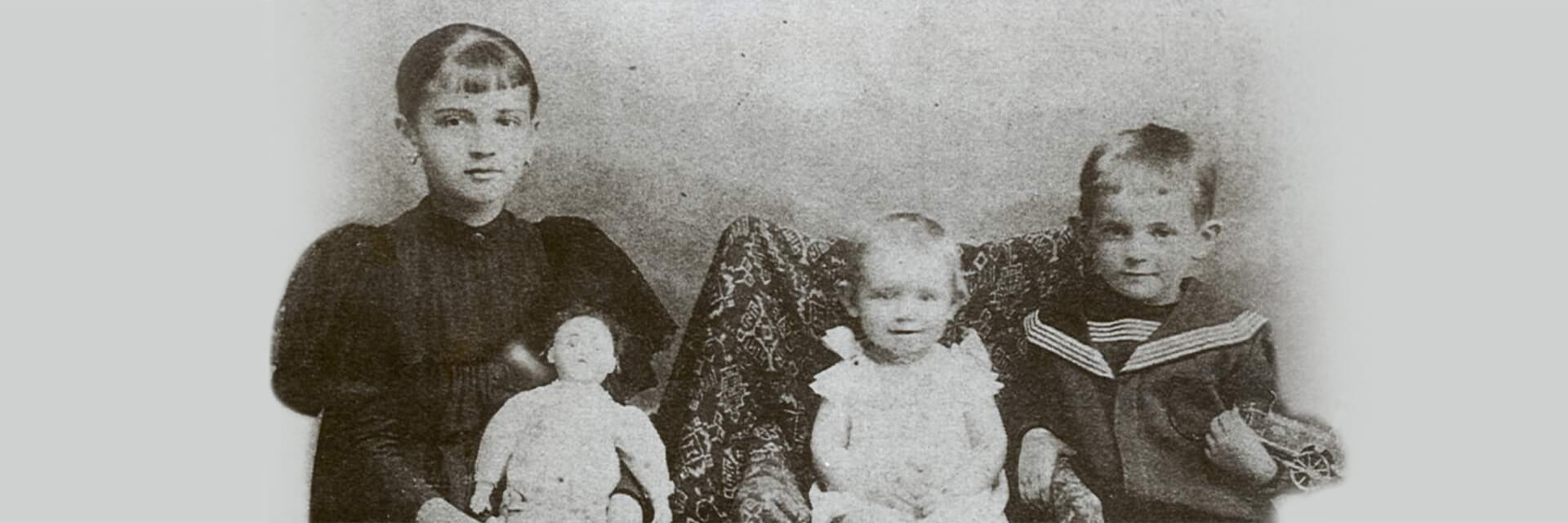Egon Schiele's birthplace
Visit the birthplace
Opening hours
April to October 9:00 - 20:00
November to March 9:00 - 17:00
Groups can visit by appointment.
Contact
Bahnhofstraße 69/Stiege 1/Top 3,
3430 Tulln
+43 (0)2272 690 135
stadtamt@tulln.gv.at
A simple access system regulates entry:
By inserting a 2 euro coin, culture lovers can enter the apartment and experience the time of the Schiele family for themselves - with lots of media, loving details and at their own pace.
Accessibility:
The birth apartment is located on the 1st floor and can only be reached via a staircase. There are also thresholds in the apartment itself due to its historic structure! Viewing is only possible with an escort.
Welcome home, Egon!
The rooms of the birthplace of Egon Schiele (1890-1918), designed as a world of experience, offer authentic insights into the moving childhood of this exceptional artist. As the son of stationmaster Adolf Schiele, Egon Schiele spent more than a decade in Tulln from 1890, which had a decisive influence on his future artistic work.
The individual rooms of the station apartment are furnished in the authentic style of the Wilhelminian era and tell numerous stories about the rise and fall of the Schiele family using a modern audio system via sound showers. Original pieces of furniture from around 1900 reconstruct the character of a bourgeois apartment and make the immediate feeling of life at that time tangible.
Experience Schiele authentically
In keeping with the well thought-out design concept, the furniture is painted light gray. This visualizes what the apartment where Egon Schiele was born may have looked like according to various traditional accounts by Egon Schiele himself, his two sisters Elvira and Melanie, his mother Marie and contemporary witnesses.
An interactive reflection room at the end of the tour reveals even more about the life and living aspects of the Schiele family and the town of Tulln at the turn of the 19th and 20th centuries.
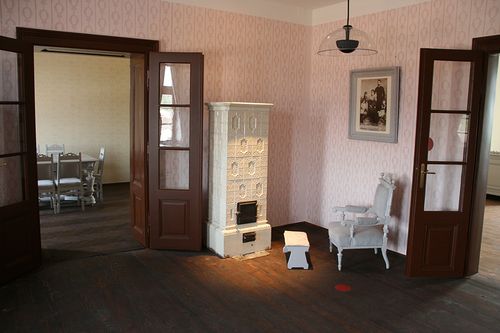
Children's adventure tour in the Schiele birthplace
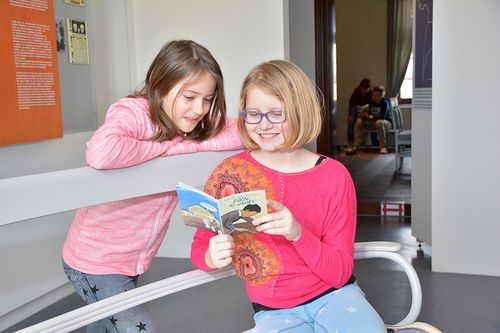
The city of Tulln has come up with a special form of educational program for children and young people in primary and lower secondary schools: A comic specially created for the birthplace takes young people on an adventure tour through the artist's young life.
The French comic artist and illustrator Xavier Coste, who celebrated great success with his graphic novel about the adult Egon Schiele, was recruited to design the interactive comic.
The comic plays through Egon Schiele's life within individual subject areas such as "Modern technology", "What do I want to be" or "Rules and regulations" and is intended to provide an impetus for discussion and reflection. The young people decide on a specific topic based on simple questions so that each child can experience Egon Schiele's life from a different perspective. The idea and concept came from Schiele expert Dr. Christian Bauer and toikoi, an international agency specializing in cultural mediation that has already designed the Birthplace.
Comic artist Xavier Coste
Xavier Coste was born in France in 1989. He studied graphic art in Paris and works as a comic artist and illustrator for Le Monde Diplomatique and Hachette, among others. His graphic novel Egon Schiele - Ein exzessives Leben (published in German by Knesebeck Verlag) has been translated into several languages.
This project was funded by the Lower Austrian Urban Renewal Program and the Province of Lower Austria.
Egon Schiele and his time in Tulln
Egon Schiele came from a family of railroad workers and spent more than a third of his life in his father's apartment at the Tulln train station. Schiele was born on June 12, 1890 as the third child of Adolf and Marie Schiele and spent a carefree childhood as the son of the stationmaster.
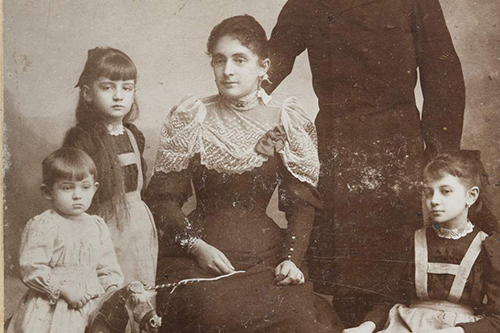
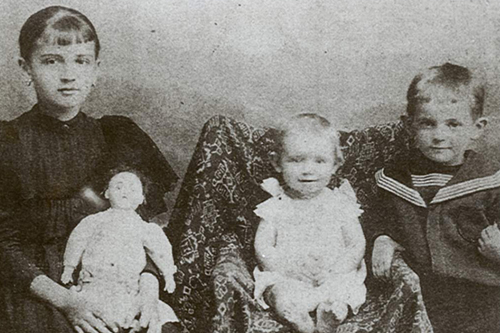
In Tulln, the young Schiele experienced the new phenomenon of mobility with unprecedented intensity; his early childhood drawings bear witness to his great interest in the railroad. This openness and interest in modern technology and progress were good starting conditions for a future representative of the artistic avant-garde. When Schiele began his grammar school years in Krems and Klosterneuburg and set off for a great career as an artist in Vienna, he took the formative experiences of his childhood with him on his life's journey.
Artist of international importance
Alongside Gustav Klimt and Oskar Kokoschka, Egon Schiele is one of the most important visual artists of Viennese Modernism. He was born on June 12, 1890 in Tulln an der Donau. Even as a ten-year-old, his talent as a painter stood out.
This was encouraged from the outset, and the youngster passed the entrance examination for the academy as soon as possible. Egon Schiele died of the "Spanish flu" on October 30, 1918, aged just 28. At this time, his oeuvre already included well over 3,000 works of art. His conviction, expressed on his deathbed, that his paintings would later hang in all the world's great museums was to prove impressively true.
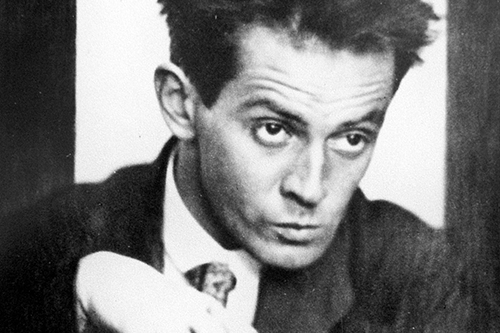
Further tips:
Downloads:
Schiele Folder EN
Schiele Folder EN
Concept: Christian Bauer | Design: Toikoi | Operator: Municipality of Tulln
This project was financed by the Municipality of Tulln in cooperation with ÖBB and supported by NÖ Kultur.
